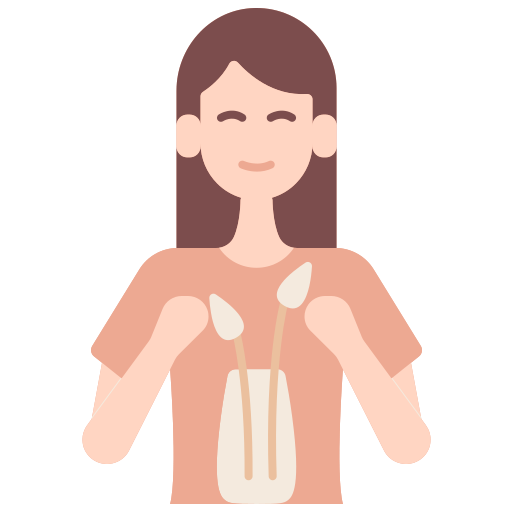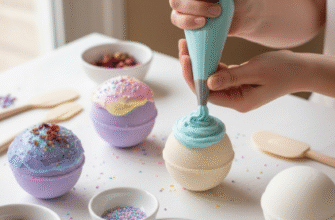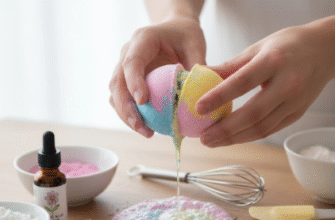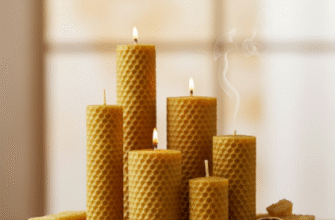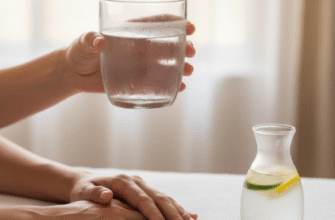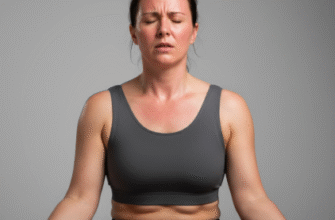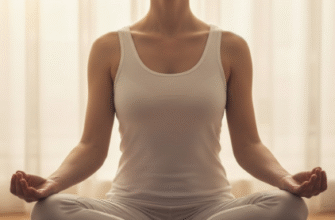Water. It’s fundamental to life, and how we interact with it, particularly its temperature, can have surprisingly noticeable effects on how we feel day-to-day. Two popular, yet starkly different, approaches involve the bracing chill of a cold shower and the comforting embrace of a warm bath. Neither is universally “better,” but understanding their distinct potential benefits can help you choose the right hydro-experience for your needs at any given moment.
The Invigorating Jolt: Exploring Cold Showers
Let’s be honest, the idea of voluntarily stepping into icy water isn’t immediately appealing to most. It takes a certain resolve, often fueled by promises of revitalization. The initial gasp, the rapid breathing – it’s a shock to the system, no doubt. But proponents swear by the aftermath: a feeling of sharp alertness and vibrant energy that coffee sometimes struggles to match. Why?
When that cold water hits your skin, your body kicks into gear. Blood rushes towards your core organs to keep them warm, which can be described as improving circulation momentarily. As you warm up afterward, blood flow returns to the periphery. This physiological response is often linked to that feeling of being wide awake and ready to tackle the day. Think of it as nature’s alarm clock, albeit a rather abrupt one.
Beyond the wake-up call, some enthusiasts report positive effects on their mood. The shock of the cold might trigger a release of endorphins, those natural mood lifters, providing a brief sense of well-being or resilience. It’s a challenging experience, and overcoming that initial reluctance can feel like a small victory first thing in the morning.
There are also suggestions regarding skin and hair. Cold water tends to tighten pores temporarily and doesn’t strip away natural oils as effectively as hot water can. This might lead some people to observe that their skin feels firmer or less dry, and their hair appears shinier after consistently taking cold showers. It’s less about deep cleaning and more about preserving the natural state.
Important Note on Cold Exposure: Easing into cold showers is highly recommended. Start with lukewarm water and gradually decrease the temperature over several days or weeks. Abrupt, extreme cold can be a shock, especially for individuals with certain pre-existing conditions. Always listen to your body.
Getting Started with Cold Showers
If you’re curious, you don’t have to go full ice-bath mode immediately. Try ending your regular warm shower with a 30-second blast of the coldest water you can tolerate. Gradually increase the duration as you get accustomed to it. Focus on your breathing – slow, deep breaths can help manage the initial shock. Remember, the goal isn’t self-torture, but invigoration.
The Soothing Sanctuary: Unwinding with Warm Baths
On the opposite end of the spectrum lies the warm bath – a symbol of relaxation, comfort, and escape. Sinking into warm water feels inherently calming for many. The heat helps to relax tense muscles, easing the physical aches and stiffness that can accumulate after a long day or strenuous activity. It’s a gentle, passive way to encourage the body to let go of tension.
This physical relaxation often translates into mental calm. The warmth, the quiet (perhaps enhanced with some soft music or Epsom salts), creates an environment conducive to unwinding. It provides a pause, a moment to disconnect from screens and stresses. This period of tranquility can be particularly beneficial in the evening, helping to signal to your body that it’s time to prepare for sleep.
Warm water also helps to open up pores, which can aid in cleaning the skin. While very hot water can be drying, a comfortably warm bath can help to loosen dirt and oil, leaving skin feeling soft and clean. Adding ingredients like oatmeal or bath oils can further enhance the skin-soothing properties, making it a mini-spa experience at home.
The feeling of warmth itself is deeply comforting for many people, associated with safety and nurturing. This psychological aspect shouldn’t be underestimated. Taking the time for a warm bath is an act of self-care, a deliberate choice to prioritize relaxation and well-being.
Verified Comfort Tip: The ideal temperature for a relaxing warm bath is generally considered to be slightly above body temperature, around 98°F to 102°F (37°C to 39°C). Water that’s too hot can be scalding or may leave you feeling drained rather than relaxed. Aim for a soak of 15-30 minutes for optimal relaxation benefits without overdoing it.
Making the Most of Your Bath
Enhance the experience! Consider adding Epsom salts (magnesium sulfate) known for muscle relaxation, a few drops of calming essential oils like lavender or chamomile (properly diluted, of course), or simply dimming the lights. The goal is to create a personal sanctuary that promotes maximum unwinding.
Cold Shower vs. Warm Bath: Choosing Your Experience
So, which is better? The answer is: it depends entirely on your goal.
Choose a Cold Shower when you want to:
- Feel energized and alert, especially in the morning.
- Experience a potential mood boost through invigorating stimulation.
- Have a quick rinse that potentially benefits skin pore appearance and hair shine.
- Build mental resilience by facing a brief, controlled challenge.
Opt for a Warm Bath when you want to:
- Relax and de-stress after a long day or before bed.
- Soothe sore, tired muscles.
- Promote a sense of calm and prepare for sleep.
- Enjoy a gentle, cleansing soak for your skin.
- Engage in a comforting self-care ritual.
They serve fundamentally different purposes. One is about stimulation and invigoration; the other is about relaxation and soothing. Trying to use one for the purpose of the other will likely lead to disappointment. A cold shower before bed probably won’t help you sleep, and a long, hot bath might not be the best way to kickstart a productive morning if you tend to feel groggy afterward.
Some people even practice contrast therapy, alternating between hot and cold water in one session, believing it offers combined benefits for circulation and recovery. However, simply choosing the right tool for the job – cold for energy, warm for relaxation – is often the most practical approach.
Ultimately, the best way to know what works for you is to experiment. Pay attention to how your body and mind respond. You might find you’re strictly a warm bath person, a dedicated cold shower convert, or someone who utilizes both depending on the day and the need. There’s no right or wrong answer, only what makes you feel best.
